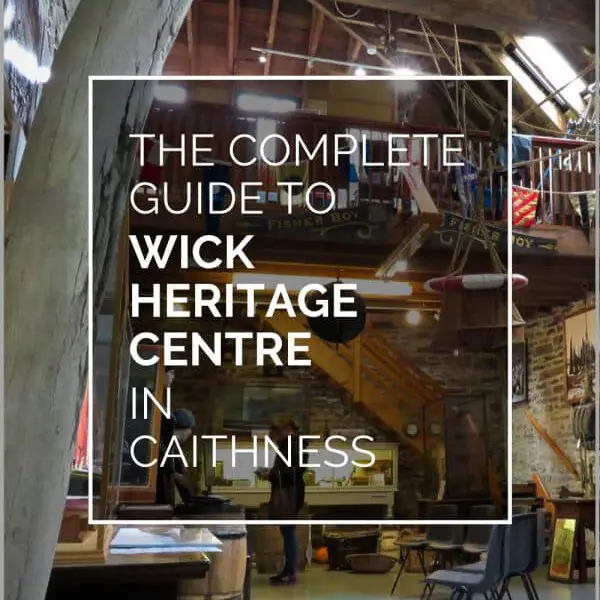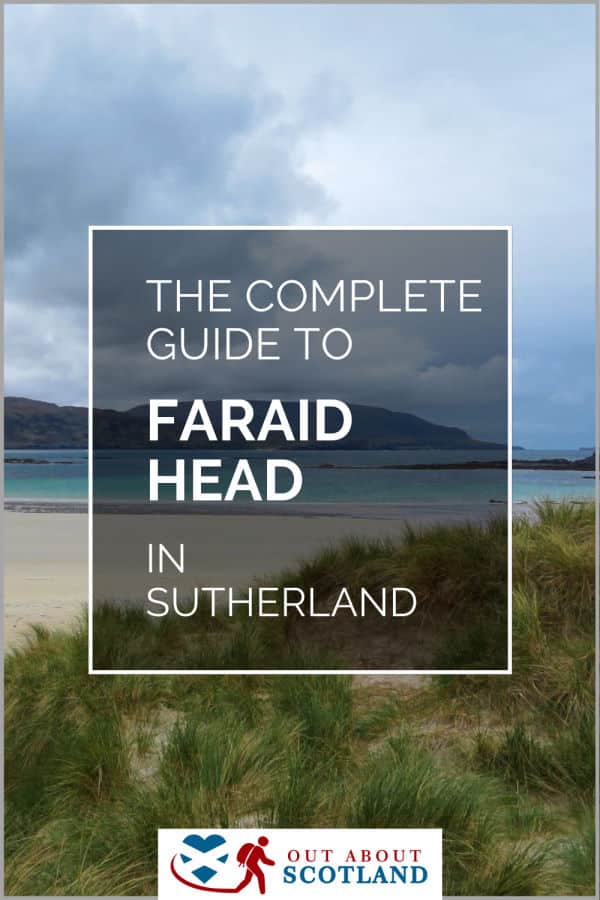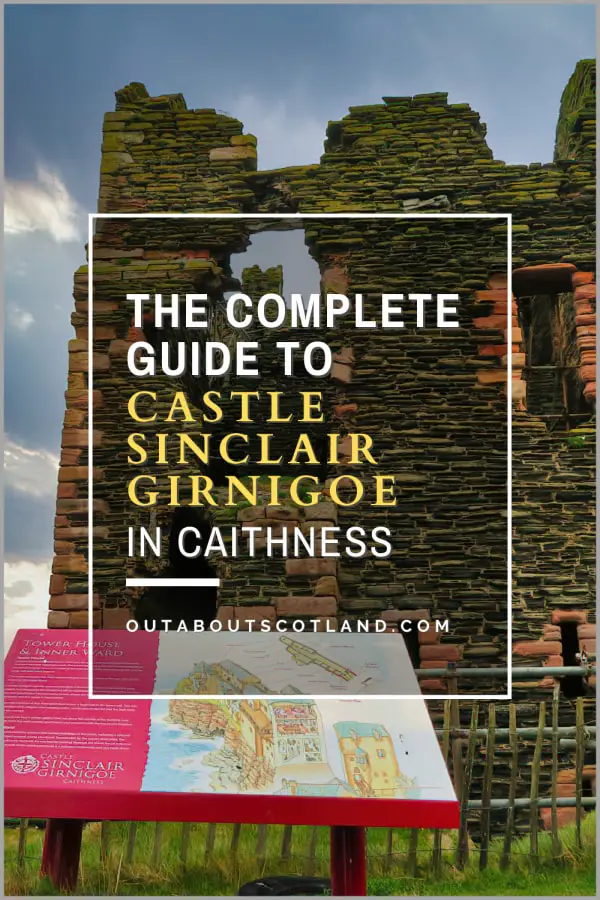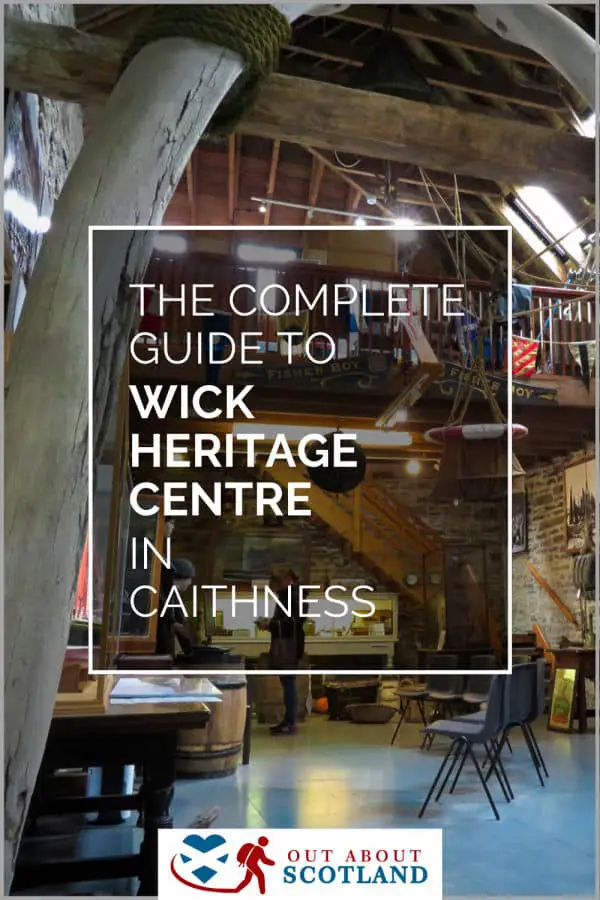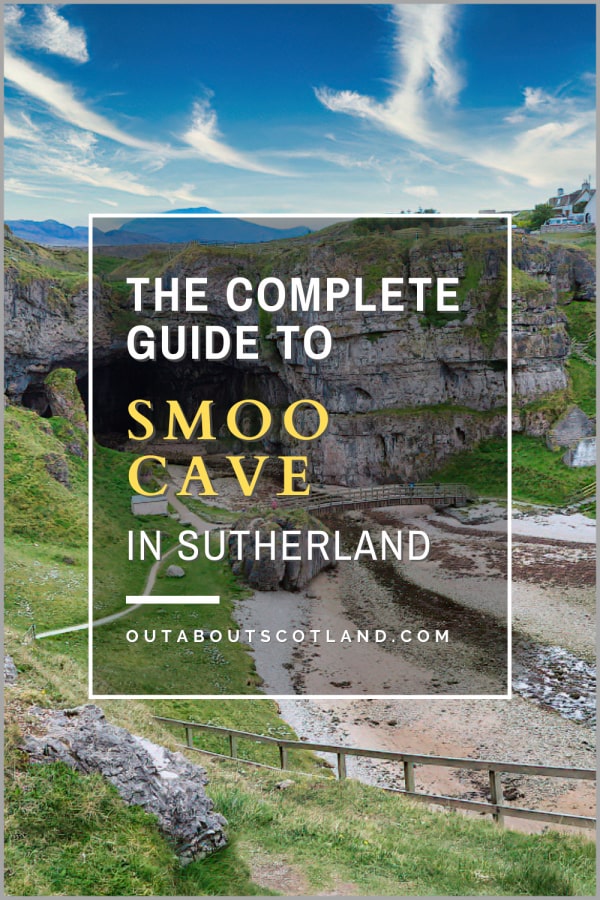The Wick Heritage Museum aims to promote Wick’s history and culture through a vast collection of exhibits that explore the town’s association with fishing and other industries. The museum is located inside a large townhouse near Wick Harbour, where it showcases displays of Caithness glass, recreations of traditional housing, an exhibition of fishing boats, and much more.
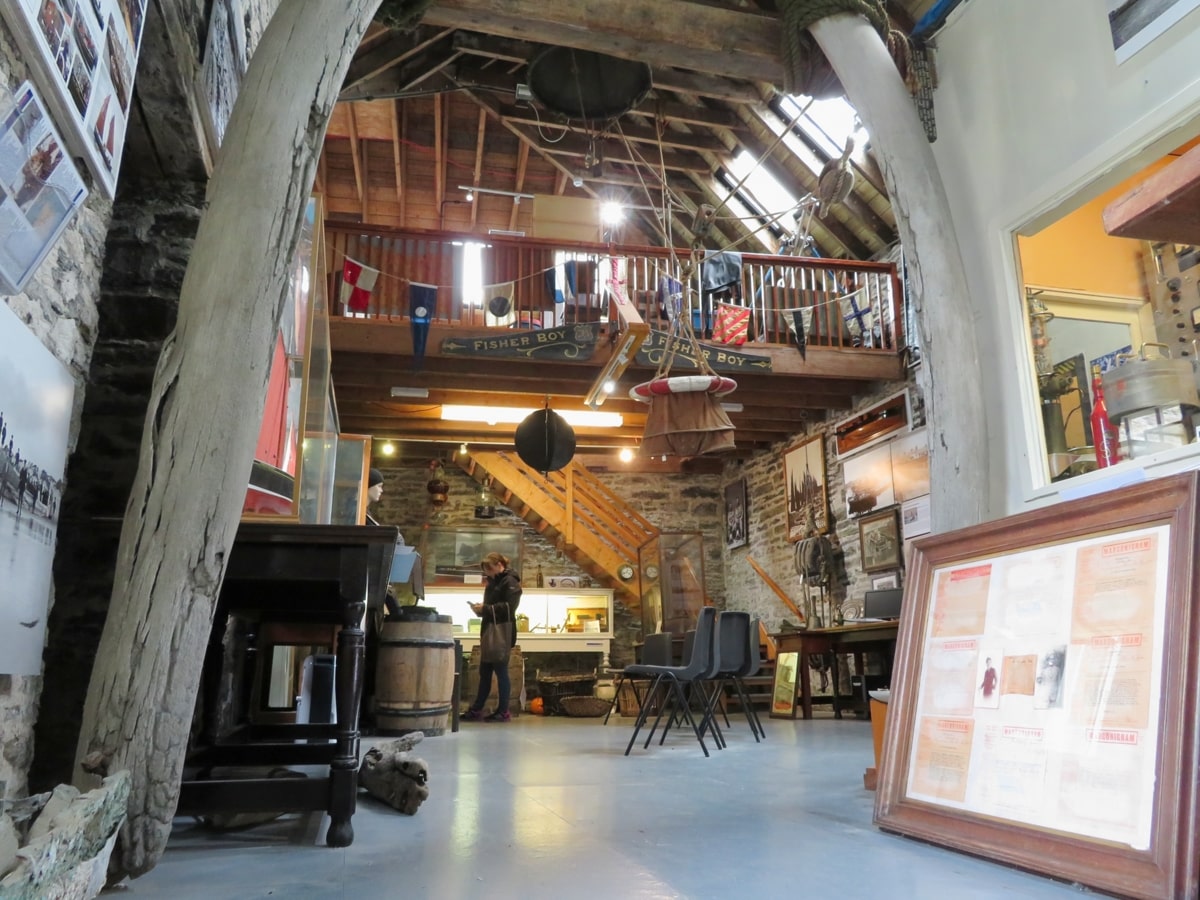
| Address: | 20 Bank Row, Wick, KW1 5EY |
| Opening Hours: | Mon-Sat: 10 am open, last entry 3.45 pm |
| Admission Price: | Adults: £5 Children: £1 |
| Parking: | Roadside parking near the museum. Paid car park at Riverside (address: Macleay Ln, Wick KW1 4EA). |
| Contact: | 01955 605205 museum@wickheritage.org |
| Facilities: | Shop, toilets |
| Photos: | YouTube Video |
Overview
The coastline north and south of Wick is an often-missed region that’s well worth taking the time to explore, as it offers lots of walks along shingle beaches and dramatic clifftops, along with diversions into castles and historic buildings galore.
Wick itself is a pleasant fishing town that has a small high street and a sizeable harbour, in addition to the superb Old Pulteney whisky distillery and the Wick Heritage Museum. The museum sits in an unremarkable building close to Wick Harbour, and it looks quite small from the outside so it’s easy to imagine that a visit will take just a few minutes, but you’ll find that it’s actually enormous once you step foot through the main doors.
Volunteers from the Wick Society have lovingly assembled the entire museum and it’s clear that a lot of thought and care have gone into designing the displays. The society has been actively involved in protecting and promoting Wick’s heritage since 1971, and what they have on offer today is a complete introduction to the town and its former herring fishing days.
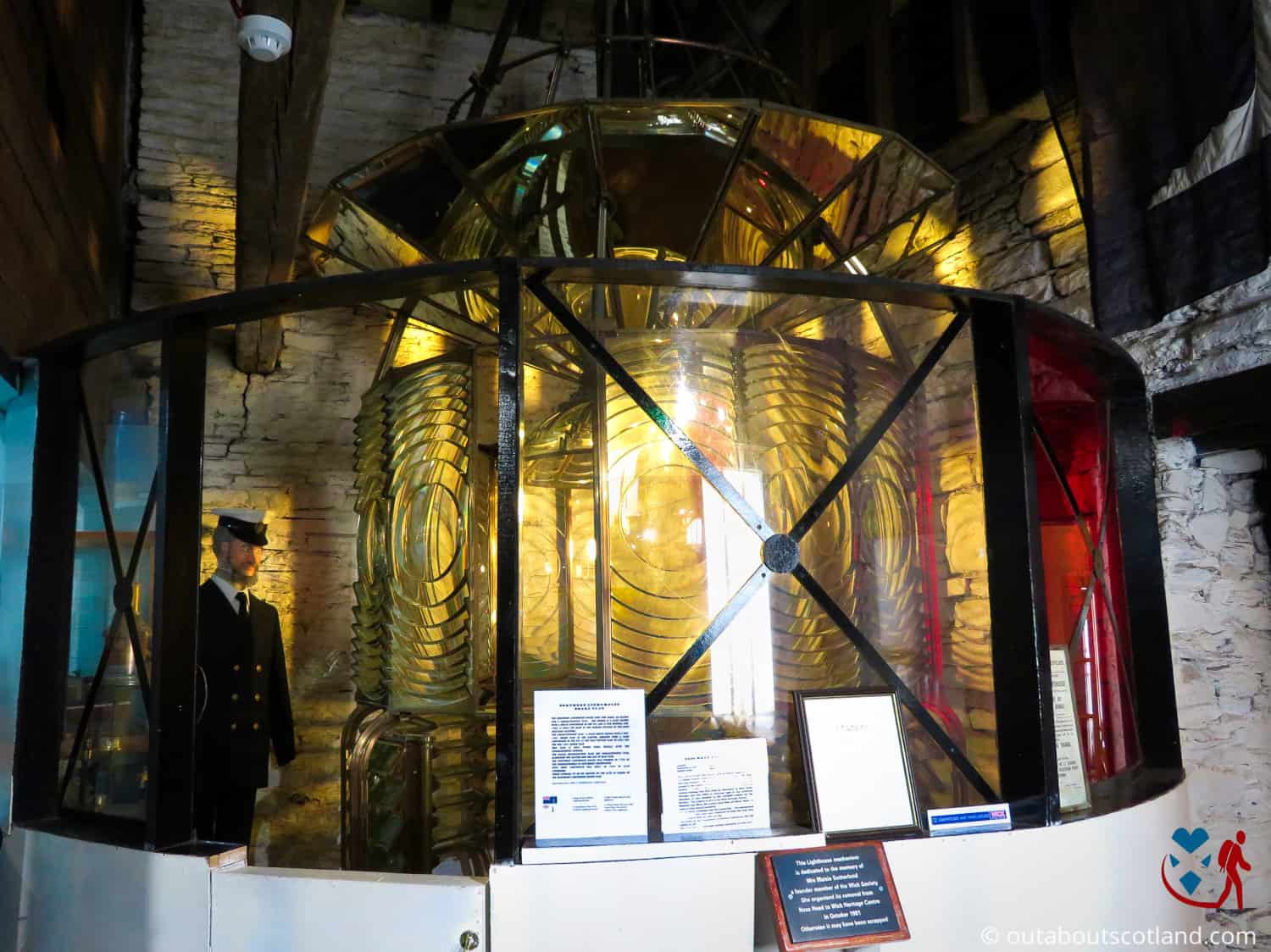
From the early 19th century, Wick became one of the foremost herring fisheries in the world, with the small harbour crowded with hundreds of boats unloading their daily catch. Much of the museum is dedicated to the old fishing industry, and you’ll see exhibits from those days inside most of the rooms, with the fishing hall even housing a few of the original boats that were used back in the 19th and 20th centuries, complete with life-size models captaining them.
Other displays feature beautiful glassware from the Caithness Glass Company, which at one time was a world leader in glass manufacturing. Many of the handmade items are genuine works of art and are a testament to the skills of the craftsmen who made them.
The museum’s exhibits are both educational and engaging, and information is presented in a variety of ways, including written panels, audio recordings, and sometimes live demonstrations, ensuring that visitors of all ages can learn something new during their visit.
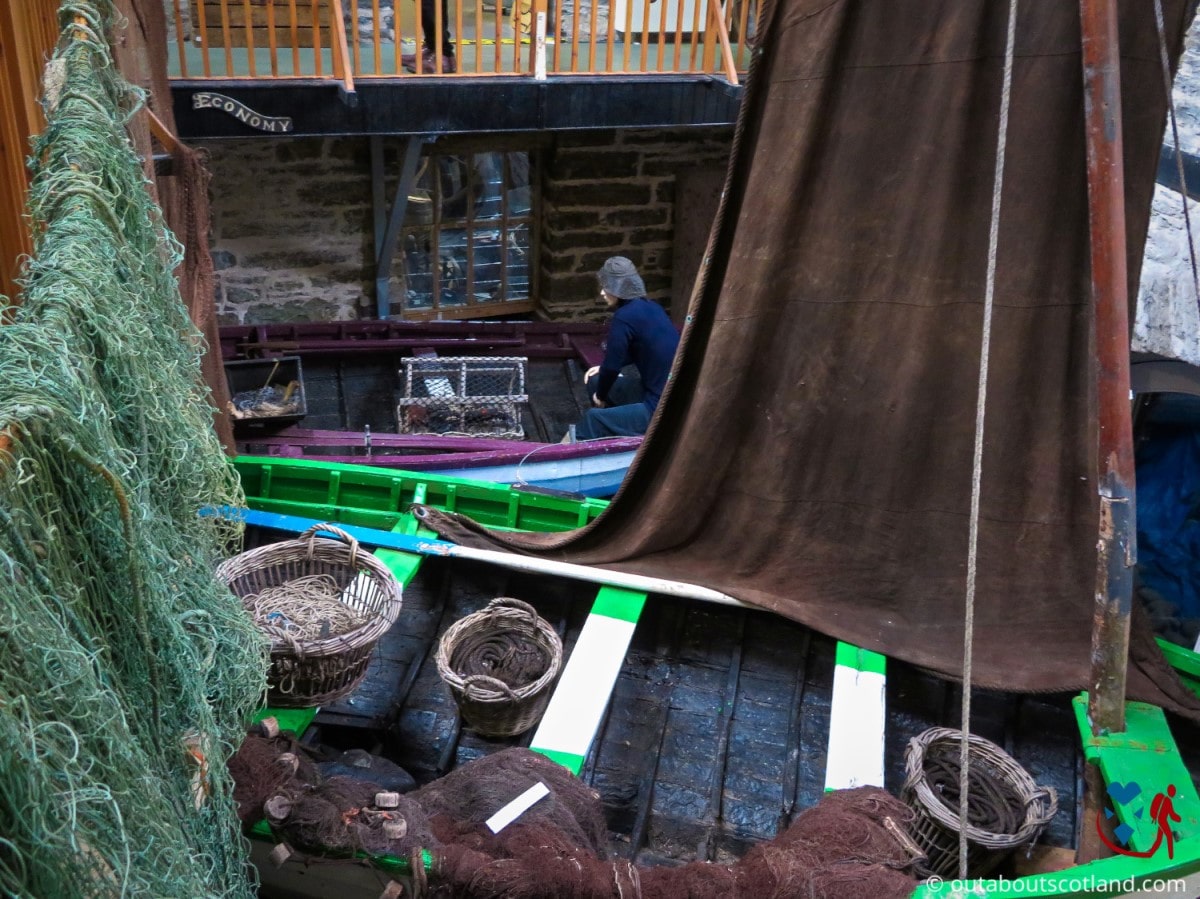
The Highlights
1: The museum includes a reconstructed herring station, complete with original fishing equipment and boats, allowing visitors to get a genuine feel for the hard work that went into herring fishing and processing.
2: Exhibits include a traditional Caithness croft house, a display of the town’s involvement in both World Wars, and various artefacts from different aspects of local life such as home, education, and religion.
3: The Wick Heritage Centre often hosts special events, talks, and temporary exhibitions that focus on specific aspects of Wick’s history and heritage.
Visiting Tips
1: There’s no on-site cafe, so I recommend chips from the Harbour Chippy just down the road; you’ll pass it if you follow the harbour wall back into the town centre.
2: Car parking on the road is limited, but you might be lucky enough to find a roadside space. Alternatively, there are a couple of car parks in the town centre that are a 10-minute walk to the museum.
3: If you’re looking for things to do after the museum, I recommend Castle Sinclair Girnigoe which is a 15-minute drive away. The castle is in ruin, but it’s one of the oldest castles in Scotland.
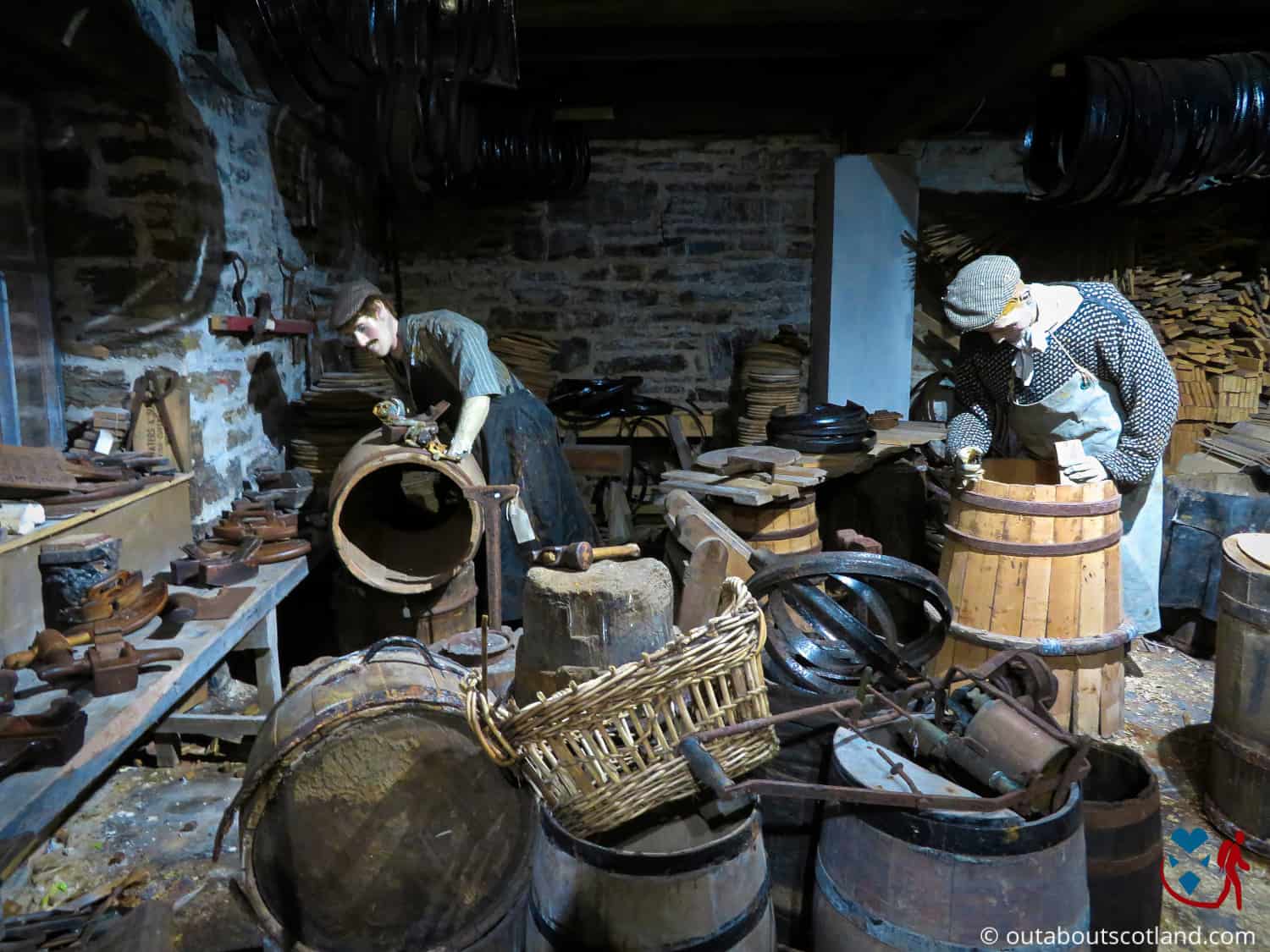
Tourist Information
There’s a lot to see as you explore the never-ending maze of rooms in the Wick Heritage Museum, but to my mind, one of the best exhibitions is the collection of restored photographs that capture life in the area from the early 1860s up to the 1970s. These photos show the people of Caithness as they went about their normal day-to-day lives, and they’re a fantastic glimpse into the past that you’re unlikely to see anywhere else.
Most of the photos centre around fishing, but it’s genuinely fascinating to see people a hundred years ago as they prepared their boats, landed their catches, and processed the fish before packing them into barrels.
Other sections of the museum feature displays of typical homes that you’d find in the 20th century, with fully furnished rooms full of genuine household items, from traditional box beds to cast iron pots and pans. Other displays include old musical instruments, Victorian clothing, early photographic equipment, printing machinery, military memorabilia, and even an 1800s-style classroom.
As you move through the various exhibits, you’ll be transported to different eras of Wick’s past. The museum’s collections are displayed in a series of interconnected rooms, each with its own theme and story to tell. You might start by exploring the recreated interiors of a typical Caithness croft house, complete with an open peat fire, before looking at interactive displays that offer insights into the lives of the fishermen and the ‘herring lasses’ who processed the catch.
Overall, a visit to the Wick Heritage Centre is likely to be informative, touching, and memorable, offering a deep appreciation for the history and culture of Wick and the wider Caithness area.
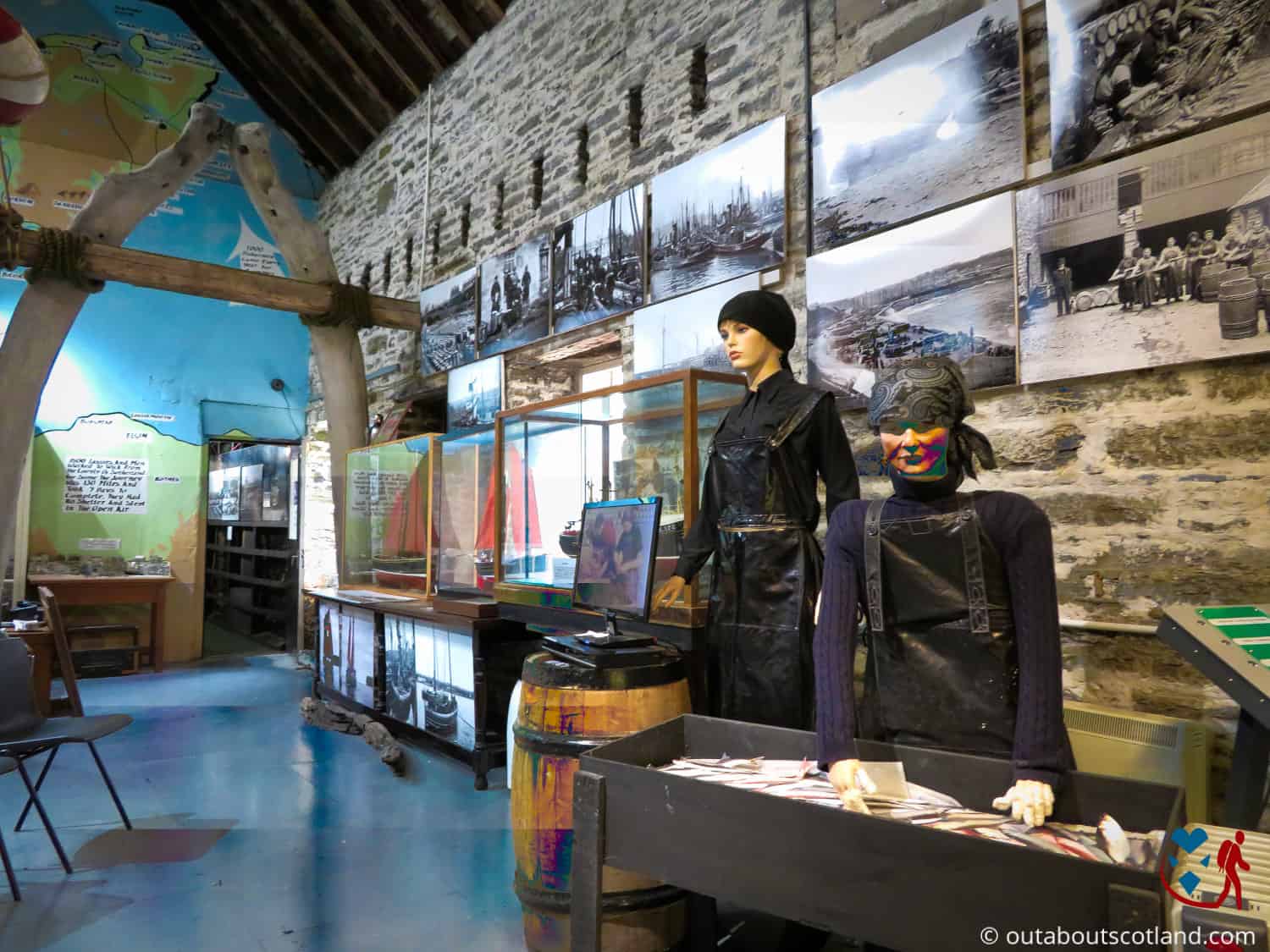
Things to Do
Fishing Hall: Discover the maritime history of Wick at this engaging exhibition. You’ll see a variety of fascinating artefacts and learn about the traditional fishing methods that were pivotal to the town’s growth. It’s a unique dive into the local heritage that will captivate maritime enthusiasts and interested tourists alike.
Lighthouse Display: Explore the significant role that lighthouses played in Wick’s history. This informative display features the original light from the Noss Head lighthouse, which was built in 1849 and operated until 1987. It’s a beacon of intrigue for history buffs.
Photographic Archive: The museum’s extensive ‘Johnston Collection’ photographic archive offers a riveting glimpse into Wick’s past. With thousands of images dating from 1863 to 1975, you’ll be able to trace the town’s evolution and gain insights into the lives of the town’s past residents.
Traditional Crafts Demonstration: Immerse yourself in the craft heritage of Wick. See reproductions of workshops that demonstrate traditional methods of printing, blacksmithing, and weaving. These displays help visitors understand the tradespeople that shaped life in Wick in bygone years.
Wick Society Oral History Section: Listen to recorded interviews with local residents sharing their personal stories and memories of Wick. This unique experience offers a deeply personal connection to the town’s past, making history truly come alive.
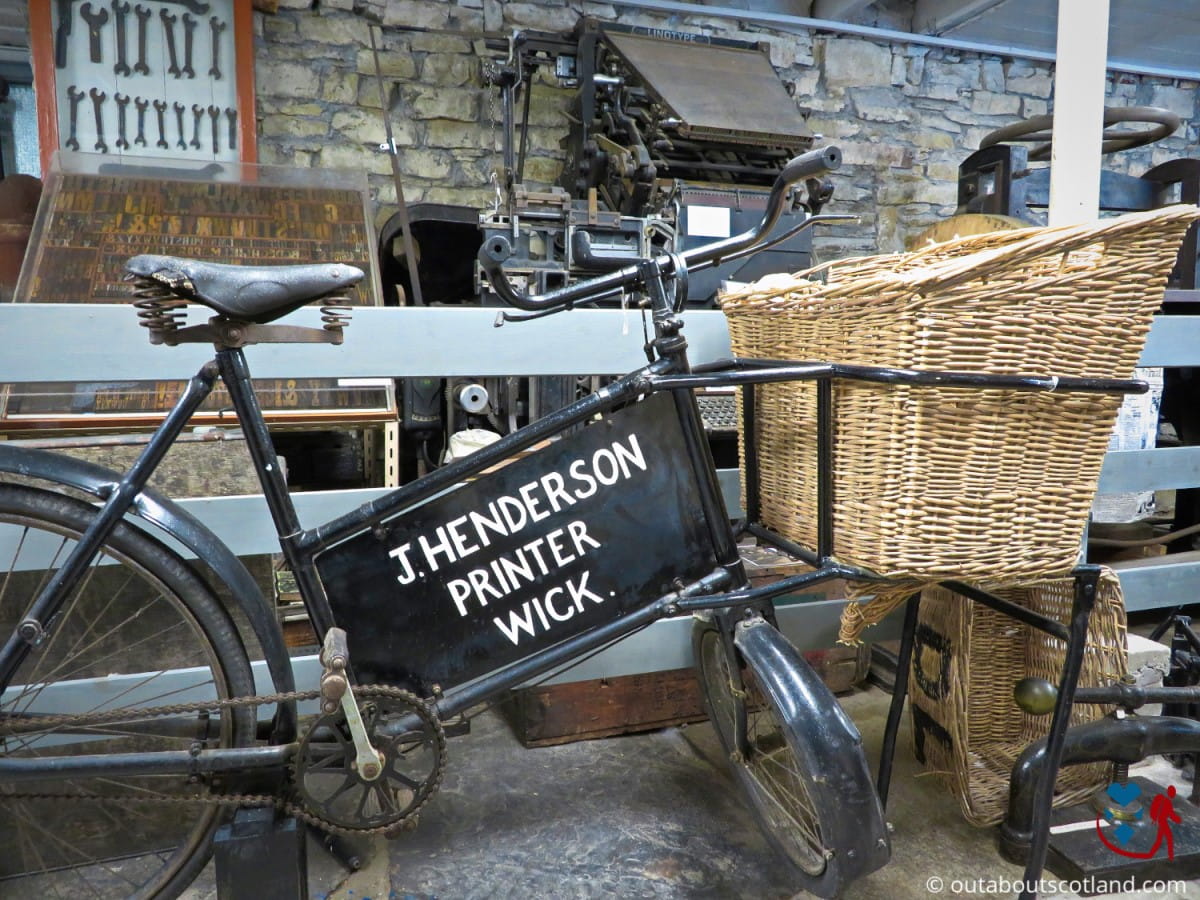
Things to Do Nearby
John O’Groats. John O’Groats, Wick KW1 4YR, 23-minute drive.
Often cited incorrectly as the most northern point of the UK, John O’Groats has developed a tourist resort around the famous signpost that marks the distance to various locations around the world. There are cafés, shops, and restaurants on the site.
Duncansby Head. Wick, KW1 4YS. 28-minute drive.
A promontory that is within walking distance of John O’Groats and is officially the most northern part of Britain. There is a historic lighthouse with a visitor car park, and the trail to the impressive Duncansby Sea Stacks offers stunning clifftop walks.
Wick. Wick KW1 5EN. 9-minute walk to the town centre.
One of the largest towns in Caithness, a hundred years ago it had one of the busiest herring fishing industries in the world. Today, many visitors use Wick as a base to explore the remote surrounding area. The town centre has modern conveniences such as food stores, restaurants, and petrol stations.
Nybster. Nybster, Wick KW1 4XR, 16-minute drive.
A much-visited coastal region that has a variety of wildlife walks along the seafront where visitors can watch puffins, seals, and a variety of seabirds. There are also several brochs (ancient fortifications) in the area.
Hill O’ Many Stanes. A99, Lybster KW3 6BA. 13-minute drive.
A historic landmark close to the A99 that comprises a collection of ancient low-lying stones. The elevated position offers views across Caithness and the North Sea.
Frequently Asked Questions
What is Wick known for?
Wick is known for its rich history related to the fishing industry, which is depicted in the Wick Heritage Museum. Wick was once one of the world’s largest herring fishing ports, but today it’s best known for the Old Pulteney Distillery, which is one of the most northerly distilleries on the Scottish mainland and is renowned for its award-winning Single Malt Scotch Whisky.
How much does it cost to visit the Wick Heritage Museum?
Approx. £5 as of 2023. Tel. 01955 605393 for the latest entry prices.
What is the history of Wick?
Wick was originally a Viking settlement known as Vik, meaning bay in Old Norse. In the 19th century, it was one of the busiest herring ports in the world, attracting fishers from all over Scotland during a period known as the ‘Herring Boom’.
The town was also known for its production of manila hemp rope and fishing nets in Pulteneytown, a suburb created to house fishermen during the Herring Boom.
Is Wick in Scotland worth visiting?
Wick is definitely worth a visit. It’s a historic town in the county of Caithness, known for its busy harbour and stunning coastline. The town is rich in history and culture, with attractions like the Wick Heritage Museum that provide an insight into the town’s past.
The Old Pulteney Distillery is another highlight, where you can learn about the process of whisky making and even sample a dram or two. If you’re a nature lover, you’ll enjoy the beautiful walks along the coast and the opportunity to spot local wildlife. Don’t forget to check out the Castle of Old Wick, one of Scotland’s oldest castles.

